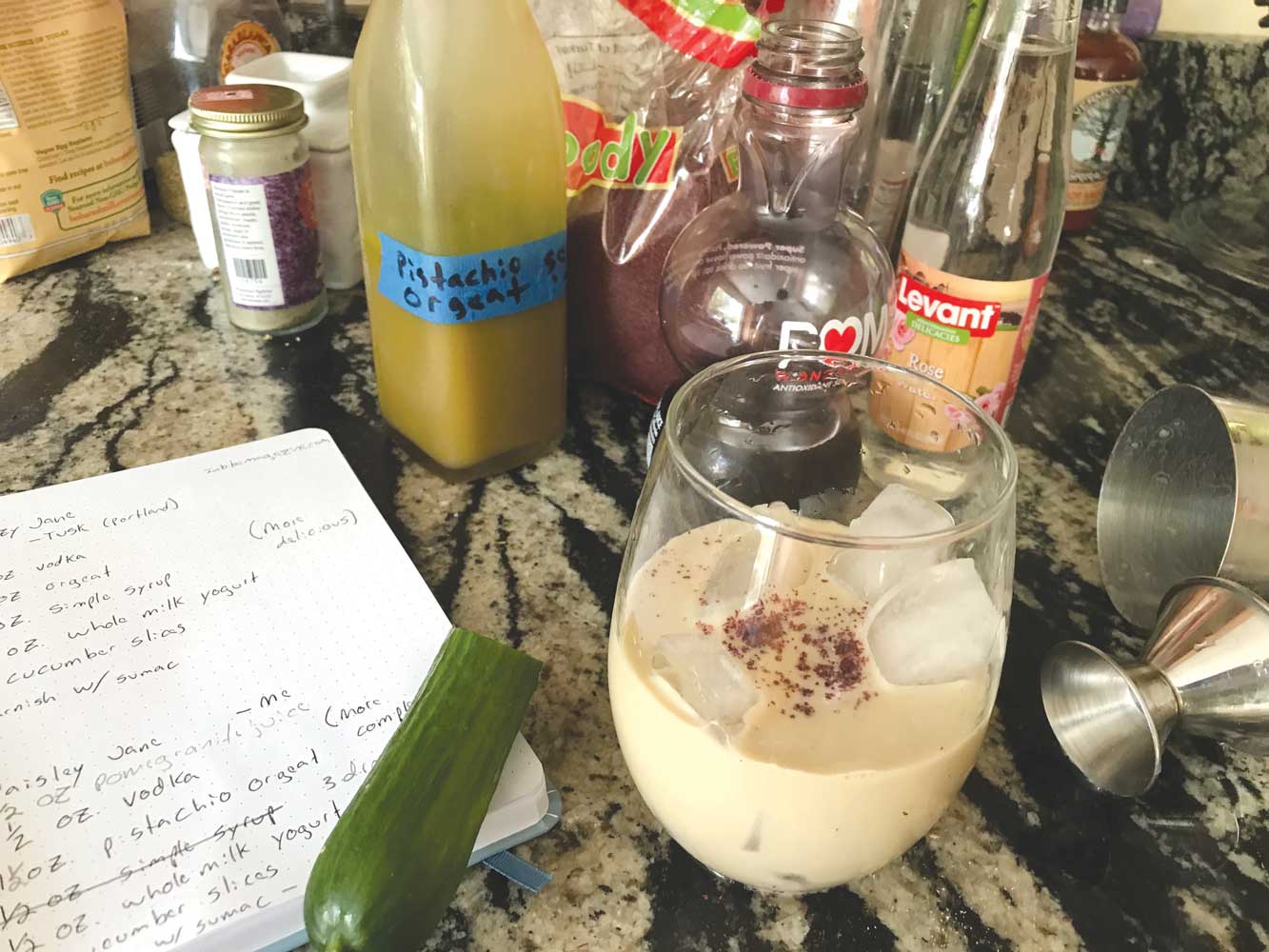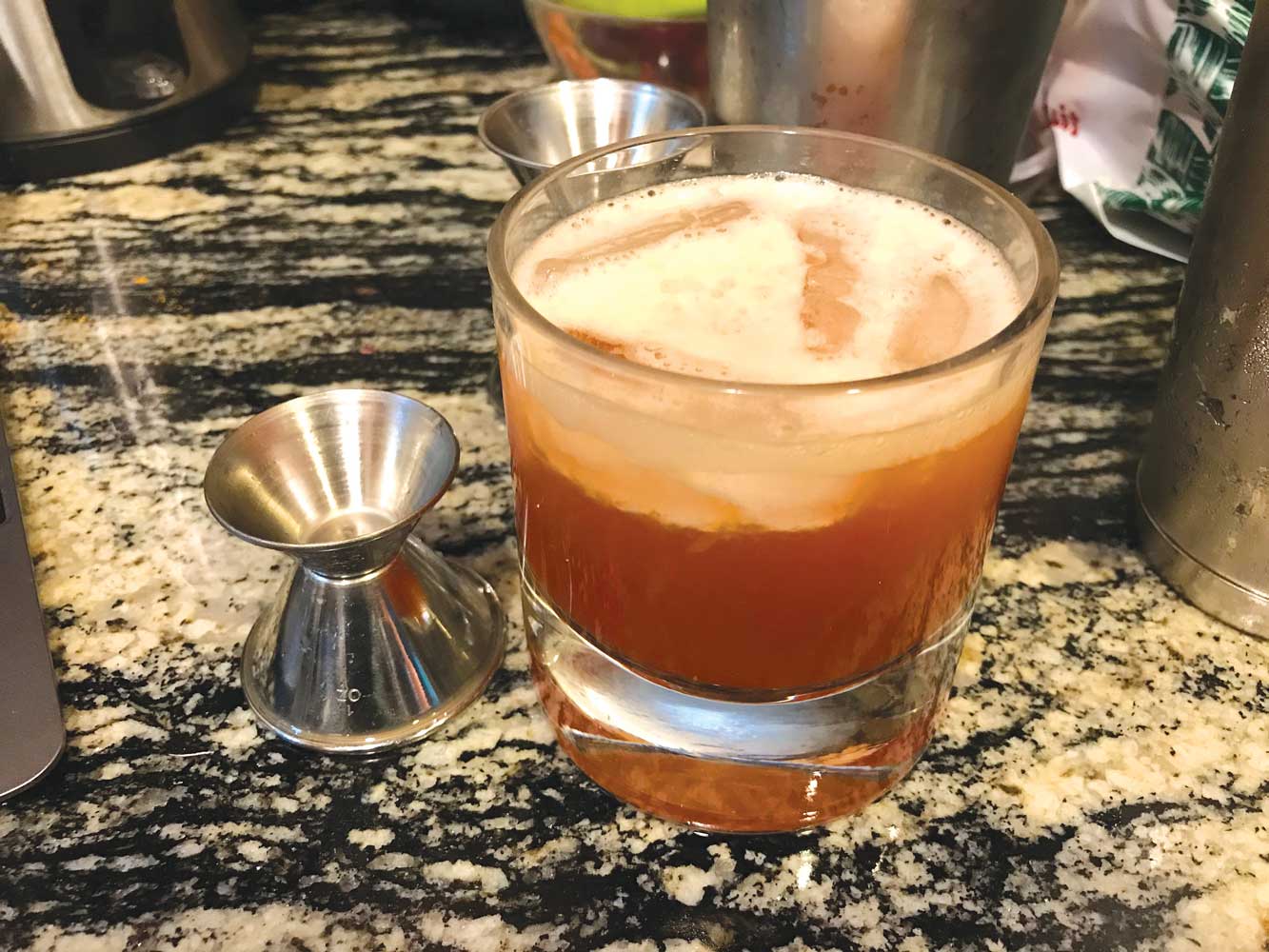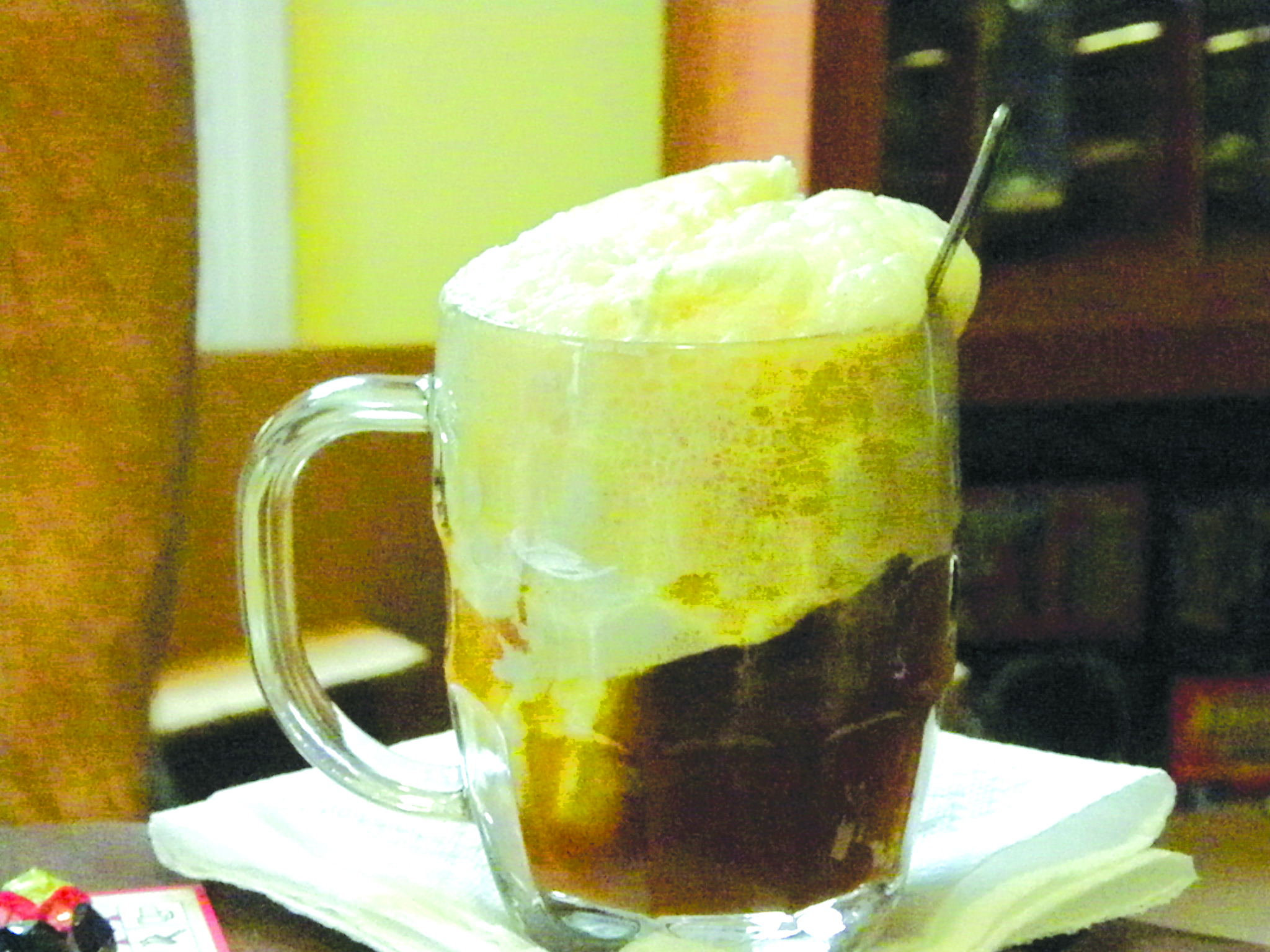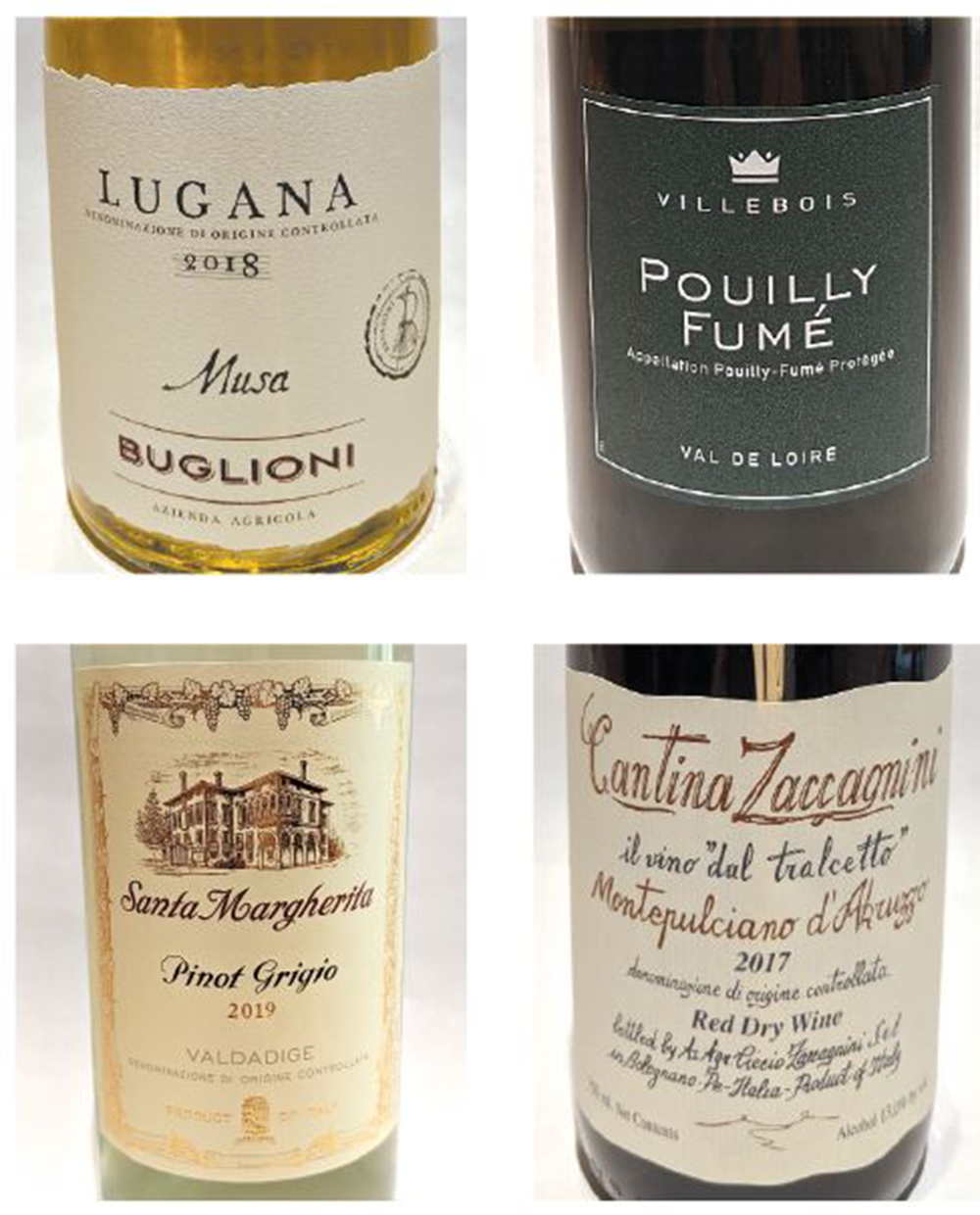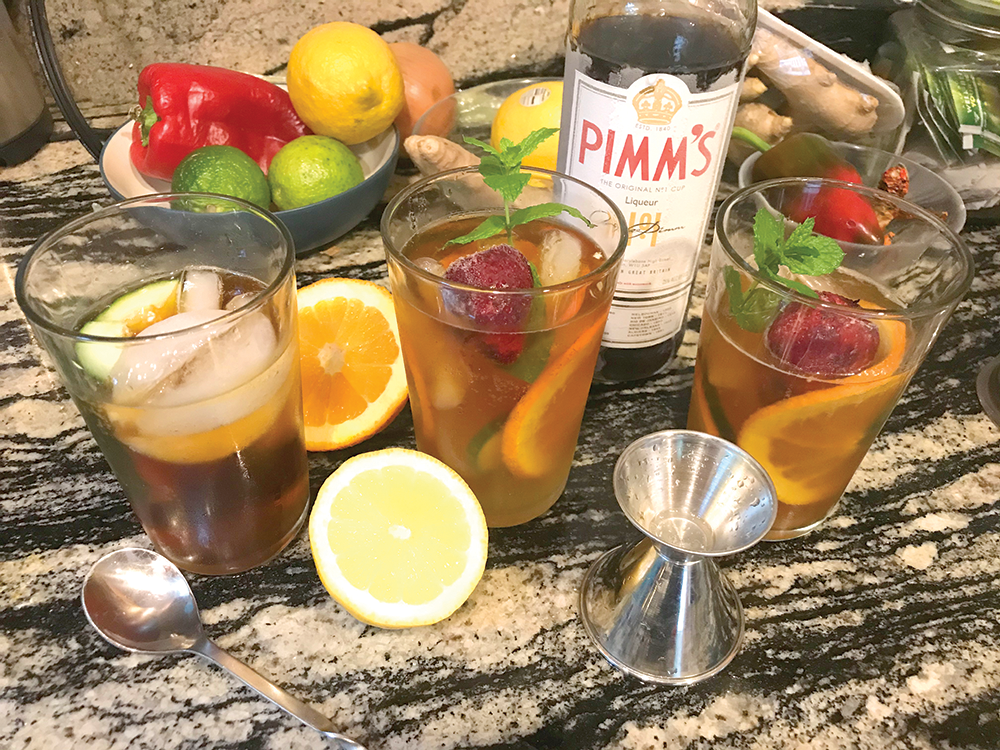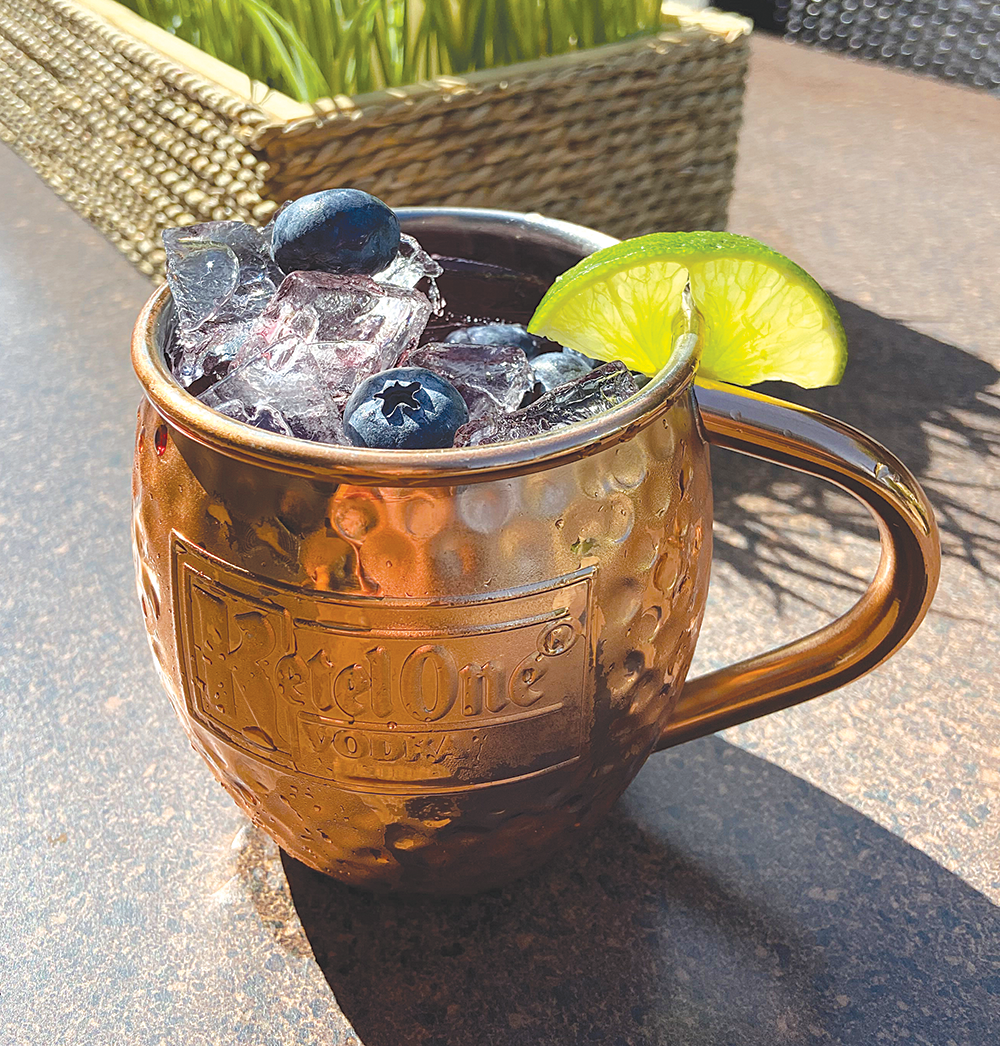The Paisley Jane
At the risk of oversharing, it seems like when it comes to decision-making I have two settings: overthinking or not thinking at all.
Throughout my life, a series of exasperated parents, bemused drill sergeants and my long-suffering wife have asked me, in varying degrees of anxiety, “What were you THINKING!?” To which, I only have one answer: “Uhhh… what?”
And then, there’s the other extreme.
Sometimes, without warning, I will fall down a rabbit hole of obsession, hyper-focusing on some objectively trivial matter. Last week, after watching a movie where one of the characters had to go on the run and retrieved a “go bag,” I spent hours thinking about what would go in my go bag, how much of what currency should go in it, and how I could inconspicuously buy everything I needed with untraceable cash. Never mind that I would probably never need to flee anywhere, or that I’m too fundamentally lazy and timid to do it if I had to; the fact remains that I spent hours working out an elaborate escape plan. (The secret is to include a Flowbee in the bag, so I can shave my head in a convenience store bathroom, then grow a beard, to blend in with all the other aging hipsters.)
And then, there’s the orgeat. Orgeat (supposedly pronounced “Oor-Jot”) is an almond syrup that is used a lot in tropical drinks to add depth and a sweet fruitiness to the background flavor. I’m mostly alone in this, but I think it tastes a bit like maraschino cherries. People with a more sophisticated palate than mine get very particular about their orgeat, saying that the cheap stuff tastes “artificial.” (I kind of like “artificial”, but they do have a point. The more chi-chi stuff definitely tastes more sophisticated.)
Some people will even go so far as to make their own orgeat.
[There… Right there… Did you hear it? The ominous music in the soundtrack as I start to overthink things?]
I was reading recipes for homemade orgeat — some simple, others much more complex and involved — when I started to wonder about making it from pistachios, rather than almonds. This led to more research than I can really justify, and several trips to the store, for ever-larger amounts of raw pistachios.
In the end, here’s what I came up with:
Pistachio Orgeat
Equal parts, by volume:
• sugar
• water
• raw, shelled pistachios
1. Chop the pistachios in a blender
2. Boil the sugar and water together to make a simple syrup
3. Steep the pistachio crumbs in the syrup for several hours
4. Strain the pistachio solids out, then squeeze
The Paisley Jane
• 2 slices of cucumber
• ½ oz. unsweetened pomegranate or cranberry juice
• 1½ oz. vodka
• 1½ oz. pistachio orgeat
• ½ oz. full fat plain yogurt
• Exactly 3 drops rose water (seriously – no more, no less. Trust me on this.)
• A pinch of sumac powder for garnish (Not optional. See below.)
1. Place the cucumber slices at the bottom of a cocktail shaker, then top them with ice. If you do it this way, you don’t have to muddle or bruise the cucumber. The ice will do it for you.
2. Add all the other ingredients except the sumac.
3. Shake vigorously for longer than you think you actually need to. Remember that you are throwing down a beating on the cucumbers.
4. Strain over ice into a rocks glass or an Old Fashioned glass.
5. Top with a generous pinch of sumac.
A note on sumac: Sumac is a Middle Eastern spice that has a distinct, sour, astringent note to it. It is one of the garnishes called for in the original Hazy Jane recipe. Without it, this pistachio version is missing something. You can buy sumac at any Middle Eastern grocery store or online.
You have to be somewhat obsessive to try this, but the good news is that you won’t have to drastically change your appearance.
Featured photo: Paisley Jane. Photo by John Fladd.

